W&I insurance can be obtained either by the buyer or the seller in a transaction to protect either party from unknown or unforeseen liabilities resulting in financial loss from a breach by the seller of the warranties (and/or indemnities) contained in the sale agreement.
In a typical transaction, the buyer will seek broad warranties from the seller to protect against losses which the target (or the buyer) may suffer as a result of a breach of those warranties. A seller on the other hand, will seek to limit the warranties it gives to the buyer. W&I insurance is used as a key tool used to bridge this gap. From the buyer’s perspective, a buy-side W&I insurance policy will, subject (usually) to a policy excess depending on the target sector and jurisdiction, serve as the direct (and in many cases only) recourse for breach of the warranties given by the seller.
What are the benefits of W & I insurance?
For seller:
- Seller clean exit
- Carve out of non-core assets
- Heading to or in distress
- Pre-emptively wrapping up known issues
- Bridging expectation gaps
- Removing high liability caps
For buyer:
- Distress
- Bid enhancement
- Better solvency / covenant strength
- Protect roll-over management team
- Satisfy requirements of lenders or internal risk management
- Buying from liquidators / trustees
W&I offers a number of benefits to both buyers and sellers. We have provided details on specific scenarios where we often see this play out below.
Auctions:
- Sellers: Sellers looking to dispose of assets via an auction process often line up a W&I insurance policy during the preparatory phase. Initiating the W&I process and building the insurance into the legal documentation with the form of policy attached and issued with the marketing materials ensures bidders are clear on the position of the sellers up front.
- Buyers: If bidding on a target business which does not anticipate the use of an insurance solution as part of the sale package, a bidder might include in its offer document a statement that it is willing to take out a W&I policy and cap the seller’s liability for warranty claims at £1. Where competitive stakes are high, as is often the case for quality assets, this can be an attractive proposition for a seller as it provides a clean break. This may therefore give the bidder a competitive edge, especially where the seller is a family/individual and/or requires an accelerated exit.
Efficiency for both parties:
- Less time spent negotiating: A W&I policy which allows a seller’s liability to be capped at £1 can significantly reduce the level of dialogue and negotiation around warranty cover and the associated seller limitations on liability. These areas are often the most contentious in the sale agreement and can become quite an emotive issue for sellers who could otherwise be liable in relation to any breaches of warranty. As well as the time-saving benefit, which can be vital to the success of an accelerated sale, this can also result in less legal costs being incurred. It is important, however, to consider that putting in place a W&I policy would not dispense with the need to carry out a thorough due diligence exercise or the seller’s obligations to carry out a proper disclosure exercise.
Contingent risk insurance overview
One of the largest areas of growth in the M&A insurance market has been the use of contingent risk policies where cover is required for any known matters or specific indemnities. These policies are often used strategically to overcome barriers to deal completions posed by the existence of specific known exposures.
Contingent policies offer a substantial benefit to sellers, insolvency practitioners and buyers willing to explore insurance to resolve the high quantum, low risk items that regularly exist in targets but often result in being added to the list of debt like items or a purchase price reduction, or to free up balance sheet liabilities/contingent assets releasing much needed cash.
Contingent cover can be used:
- when a specific risk has been identified (e.g. tax, environmental, litigation, contractual risks etc)
- when advice from a credible advisor on the risk is available (e.g. structure papers or legal opinions)
- when the risk is quantifiable and capable of legal assessment
- when the probability of loss is relatively low
Contingent cover can also be used to provide catastrophe cover for higher risk items above a large policy excess set at the quantum of the most likely outcome.
Due to the higher risk nature of covering an identified potential exposure, if it can be wrapped up into the W&I policy it is likely to attract an additional premium. Alternatively, there may be a separate contingent risk policy, which deals solely with the identified issue.
Recent trends
- Smaller transactions: There are now a number of insurers who have chosen to focus on SME deals (enterprise values of less than £25m) which has resulted in a reduction of minimum premiums, which can now be as low as £30,000 plus taxes and fees. These entrants have opened up the M&A insurance market for smaller deals that otherwise would have been priced out. However, smaller deals often present risks to insurers that may not exist on larger transactions as a result of the approach taken towards due diligence. While there will inevitably be cost sensitivities on smaller transactions, insurers will still require the parties to conduct a thorough and appropriate due diligence process and a comprehensive disclosure exercise with a well organised data room that the insurer will need to access.
- Sell-side policies: Whilst the vast majority of policies we place are for the buyer (although often introduced on the sell-side). We have seen a marked increase in the use of sell-side policies (where the seller is the insured party). Sell-side W&I policies indemnify the seller following a breach of warranty under the sale agreement or a claim under the general tax indemnity that requires the seller to make a payment to the buyer. Such policies therefore require the seller to retain liability under sale agreement with respect to warranty breaches and the general tax indemnity, which the policy then backs up. There is also now a sell-side policy product available for small and micro deals with an enterprise value of £250k - £10m, with premiums as low as £2,500.
Find out more about warranty and indemnity insurance from the experts at Towergate.
About HWF
Hemsley Wynne Furlonge (“HWF”) consists of senior professionals with extensive experience in providing insurance advice and placing bespoke transactional risk policies on M&A transactions.
Recognised as a market leader, HWF brings together individuals from legal and insurance backgrounds who have led share purchase agreement negotiations and due diligence processes, led the offering at a major global risk advisory and broking firm, as well as individuals who have underwritten M&A insurance for leading insurance companies. This collective experience on the broking, legal and underwriting side allows us to provide specialist insight to clients.
With offices in London, Frankfurt, Munich, Paris and Warsaw, the team have a combined 200 years of experience in the M&A insurance market place and have advised on over 3,000 transactions and structured over 1,000 policies.
Our approach is for senior professionals to lead and retain the day-to-day running of transactions, with support from experienced staff where required. Our clients can be confident of getting the highest level of expertise and focus throughout their transactions.
About the authors
Dafydd Jonathan obtained his Law degree and Masters from Aberystwyth University, and worked in the legal profession for a number of years before turning his career towards insurance.
Dafydd advises both real estate and corporate solicitors with their clients insurance requirements, ranging from the low millions to billions in deal value. He currently heads Towergate’s legal indemnity practice.
Ellie McRoberts is an Associate Director at HWF, having joined in 2017. Ellie has considerable experience advising on and arranging bespoke insurance solutions for M&A transactions.
Ellie has worked on transactions across a broad range of sectors and geographies, with a particular focus on private equity, real estate and infrastructure in the UK and Europe. Over the last 5 years Ellie has worked on over 250 deals ranging in value from the low millions to several billions.
Read more business insurance articles
- Information Update - A guide to arranging Commercial Insurance
- Information Update - Underinsurance
- Insurance Update - The Homes (Fitness for Human Habitation) Act 2018
- Flood Solutions for Difficult to Arrange Flood Insurance
- Floods and Insurance: The UK Landscape
- Risk Alert - Flood Cover for Business: Looking Beyond the Headlines
- Risk Alert - Flood Risk
- Risk Alert - How to reduce Your Exposure to Escape of Water
- Risk Alert - Property Storm Advice
This is a marketing article by Towergate Insurance.
The information contained in this article is based on sources that we believe are reliable and should be understood as general risk management and insurance information only. It is not intended to be taken as advice with respect to any specific or individual situation and cannot be relied upon as such. If you wish to discuss your specific requirements, please do not hesitate to contact your usual Towergate Insurance Brokers adviser.
For more information or for a full review of your insurance needs, please see our insurance specialisms, contact your usual Towergate Insurance Brokers adviser or email TIB@towergate.co.uk.


